- Home
- Electrical
- Electrical Connectors Wiring Devices
- Plugs Receptacles Wiring Devices
- Nema Straight Blade Plugs Receptacles
.....Read More

Combination NEMA Straight-Blade Receptacles With Switches
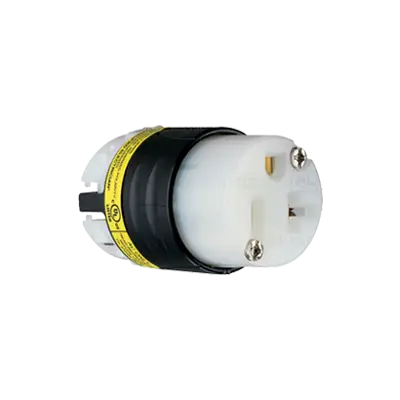
Commercial Straight-Blade Connectors

Commercial Straight-Blade Plugs

Commercial Straight-Blade Receptacles

Commercial Straight-Blade Receptacles with USB Ports

GFCI Blank Face Receptacles
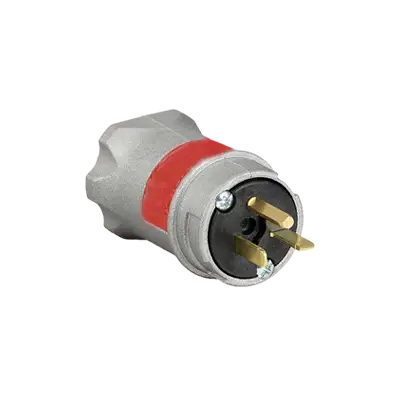
Hazardous-Location Straight-Blade Plugs

Hazardous-Location Straight-Blade Receptacles

Hospital-Grade Straight-Blade Connectors
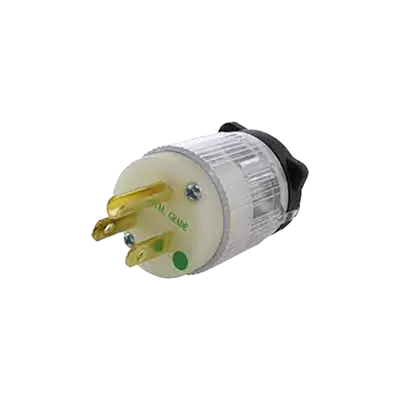
Hospital-Grade Straight-Blade Plugs

Hospital-Grade Straight-Blade Receptacles
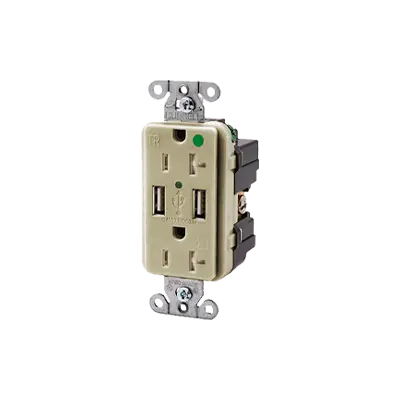
Hospital-Grade Straight-Blade Receptacles with USB Ports

Industrial Straight-Blade Connectors
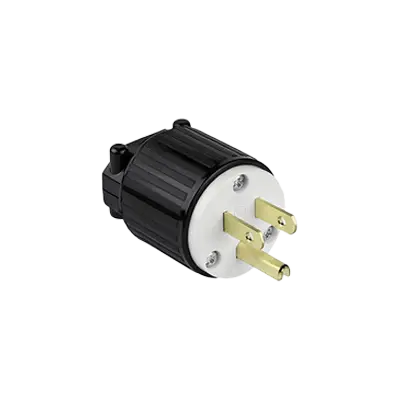
Industrial Straight-Blade Plugs
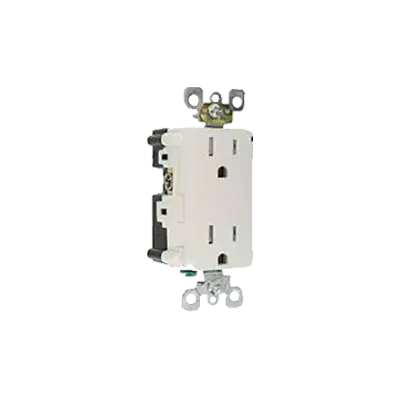
Industrial Straight-Blade Receptacles

NEMA Straight-Blade Accessories

NEMA Straight-Blade Inlets

Snap-In Receptacle Wiring Modules
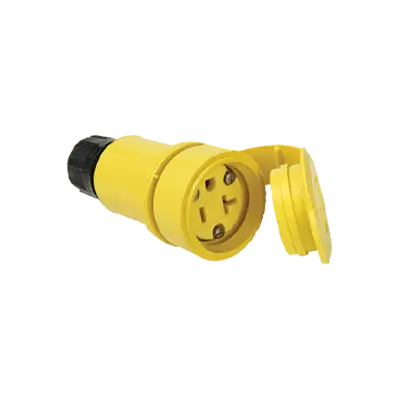
Watertight Straight-Blade Connectors
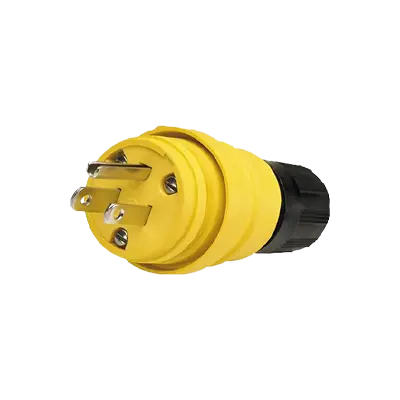
Watertight Straight-Blade Plugs

Watertight Straight-Blade Receptacles
Frequently Asked Questions
What are NEMA straight-blade plugs and receptacles?
How do NEMA plugs and receptacles ensure safety?
What are the different current ratings for NEMA devices?
How do NEMA pin/socket configurations prevent mismatched connections?
What is the difference between a NEMA plug and a connector?
How do you identify the correct NEMA receptacle for a specific plug?
What are the installation requirements for NEMA inlets and receptacles?